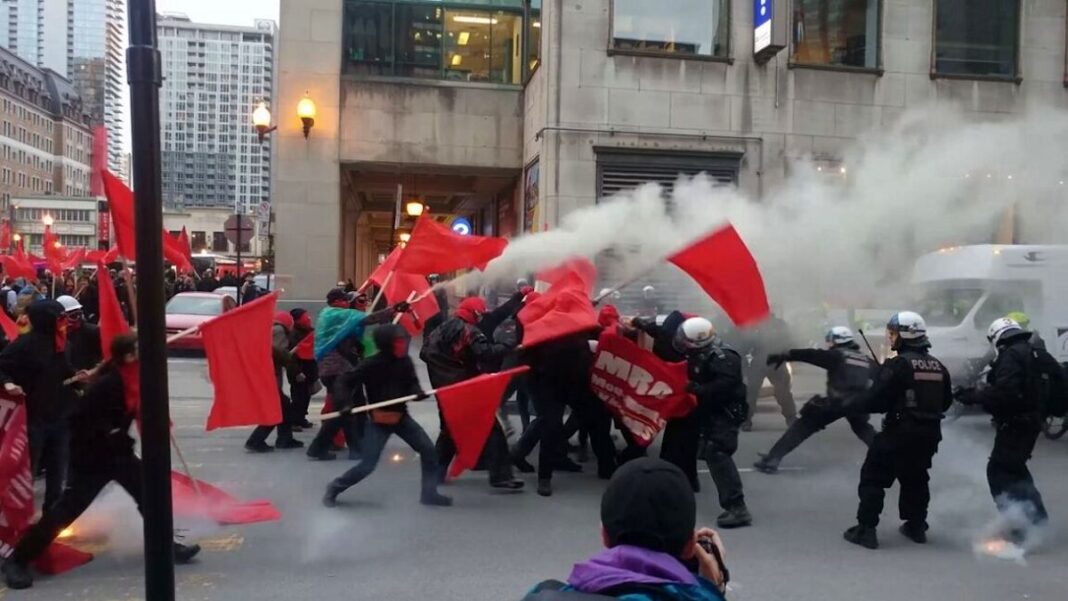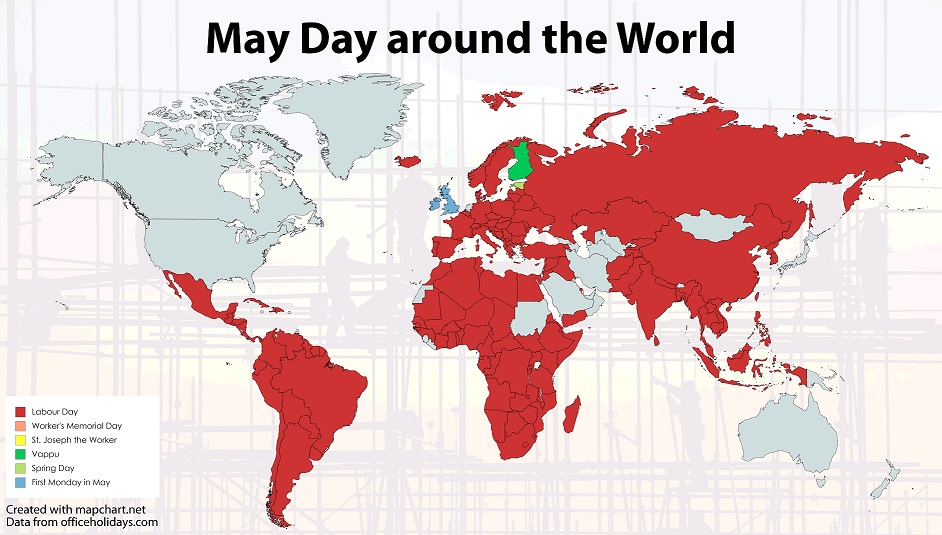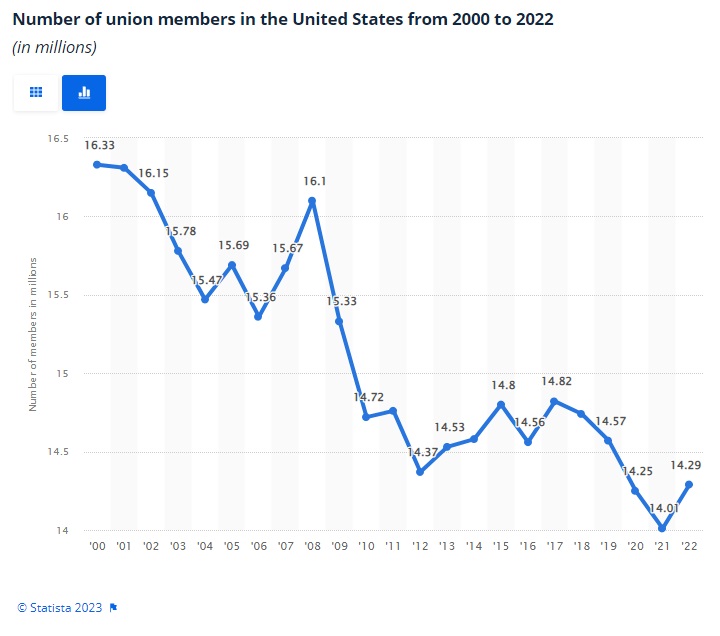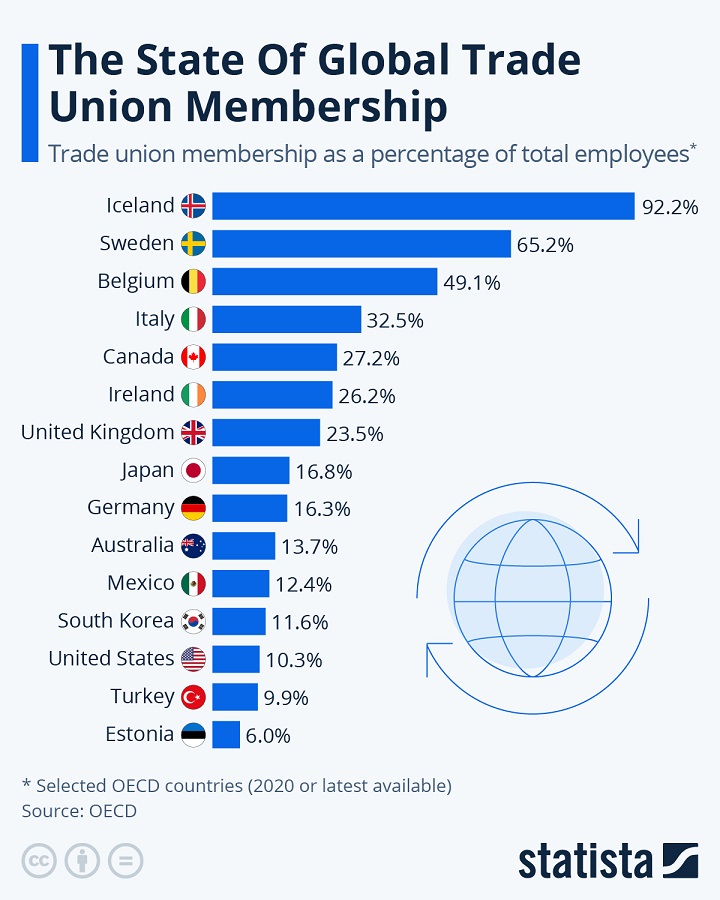It is another May 1st, and for some, it brings on a day of celebration. This May Day festival was thought to divide the year in half, between the light and the dark. The symbolic fire was one of the main rituals of the festival, helping to celebrate the return of life and fertility to the world.
When the Romans took over the British Isles, they brought with them their five-day celebration known as Floralia, devoted to the worship of the goddess of flowers, Flora. Taking place between April 20 and May 2, the rituals of this celebration were eventually combined with Beltane.
May 1st is also International Worker’s Day. It is most commonly associated with a commemoration of the achievements of the labor movement. In the communist world, it is one of the most celebrated days of their left-wing achievements. A day often marked with protests that can get violent – it’s almost a tradition in many parts of Europe. With recent turbulent economic times, this year will be no different.
May Day is marked as a public holiday in over 80 countries. See this in the map below and learn more here.
In America, in 1884, the American Federation of Organized Trades and Labor Unions demanded an eight-hour workday to come into effect as of May 1st, 1886. This resulted in the general strike and the Haymarket (in Chicago) Riot of 1886, but eventually also in the official sanction of the eight-hour workday.
This is often cited as the birth of the modern labor movement in America. Even though America does not necessarily observe May Day, it may be useful in any case to look at the worker’s unionized membership in a series of charts.
In 2022, there were around 14.29 million workers who were members of labor unions in the United States. This is the first annual increase in union membership since 2017. See this in the chart below and learn more here.
When looking at the unionized workers in the private sector and government, we see that only 7% of private workers are unionized, but 37% of government workers are unionized. See this in the chart below and learn more here.

Trade/labor union membership has been falling across developed nations over the past couple of decades, and the trend in the US is no different. The US had a labor union density of 20.1 percent back in 1983, and today, that figure stands at just over 10 percent.
Reasons for the decline include periods of economic prosperity that resulted in unions being deemed unnecessary in some instances, technological and organizational changes, globalization, policy reform, and the decline of the manufacturing sector. See below how the US stacks up compared to other countries in terms of the percentage of workers unionized, and learn more here.
In the olden days of left-wing politics, workers used to protest and strike for their various causes. Today, this tradition has long passed in favor of protesting about woke policies that do little for the working class. How politics can change is interesting.
Unions have pretty much died in the US, though in Europe, they are alive and well. If you can manage to get to Europe, violent people’s protests are almost an every weekend sporting event now – an interesting way to spend your vacation. Give us your take in the comment section below on whether unions will ever make a comeback in the US.
In any case, enjoy your May Day celebration, no matter what you may do.
By Tom Williams



















































